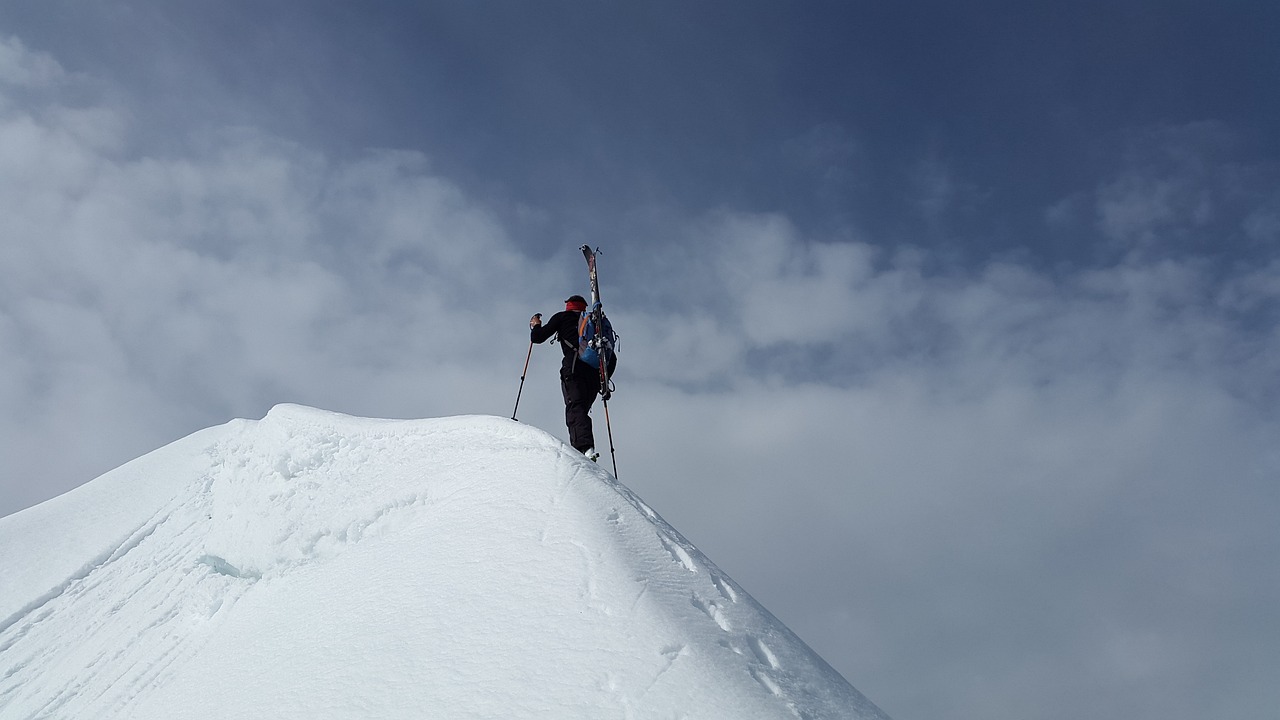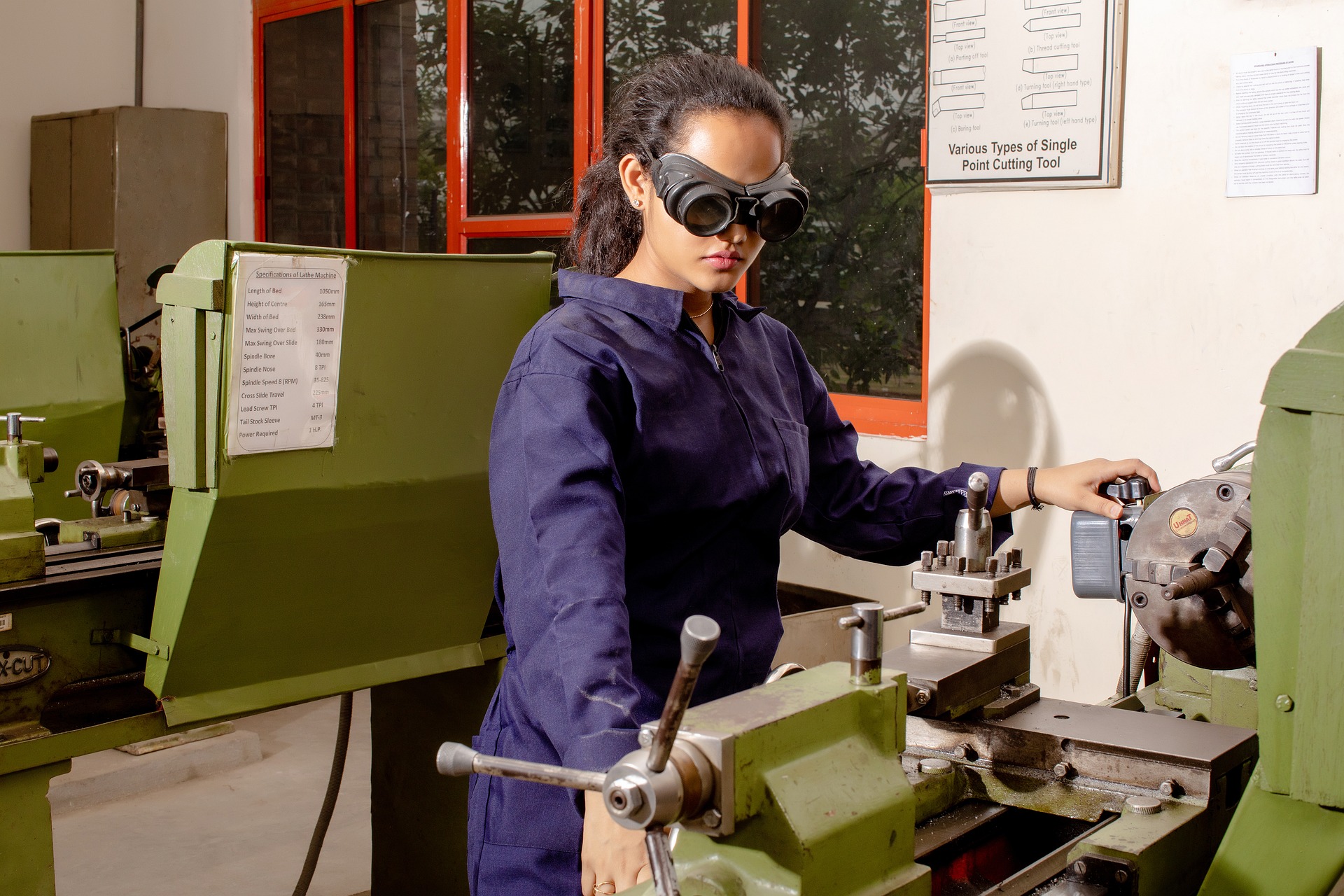Breaking Down the Science Behind High-Altitude Training
In the pursuit of optimal athletic performance, athletes often explore unique training environments. High-altitude training has become a popular method for athletes across a range of sports to enhance their performance. This article delves into the science behind this practice, its benefits and challenges, and its real-world applications.

The History of High-Altitude Training
High-altitude training, also known as hypoxic training, originated in the 1960s. It was after the success of the thin-air Mexico Olympics in 1968 that many athletes started incorporating altitude training into their routines. The reasoning behind this was simple: by training in high-altitude environments, athletes could potentially enhance their endurance and overall performance.
The Science Explained
At high altitudes, the percentage of oxygen in the air is the same as at sea level, around 21%. However, due to the lower air pressure, the oxygen molecules are dispersed, making the available oxygen less dense. This means there is less oxygen available for the body to use during physical activity.
When athletes train at high altitudes, their bodies respond by producing more red blood cells to carry oxygen to their muscles. This process, known as erythropoiesis, is triggered by the hormone erythropoietin (EPO), which the kidneys produce in response to low oxygen levels. This increase in red blood cells allows the body to use oxygen more efficiently, enhancing the athletes’ endurance once they return to sea-level conditions.
Benefits and Challenges of High-Altitude Training
High-altitude training offers several potential benefits. The primary advantage is enhanced endurance performance, as the increased red blood cell volume allows athletes to maintain a higher level of intensity for more extended periods. This is particularly beneficial in endurance sports like long-distance running and cycling.
However, high-altitude training also presents significant challenges. The initial response to high altitude is acute mountain sickness (AMS), characterized by headaches, fatigue, and nausea. It can take several days or even weeks for athletes to acclimatize to these conditions. Additionally, there is the challenge of maintaining training intensity at high altitudes due to the reduced oxygen availability, which may lead to a decrease in training volume and intensity.
Real-World Applications of High-Altitude Training
High-altitude training is widely used by athletes in various sports. Many Olympic athletes, including marathon runners and triathletes, incorporate high-altitude training into their routines. Several sports teams, such as professional football and rugby teams, also use high-altitude training camps to prepare for important matches or tournaments.
Though the benefits of high-altitude training are widely accepted, researchers continue to explore its optimal application. Some athletes live at high altitudes but train at lower ones—a method known as “Live High, Train Low.” Others live and train at high altitudes—”Live High, Train High.” The choice between these methods often depends on the specific demands of the athlete’s sport and individual response to altitude.
In conclusion, high-altitude training is a scientifically-backed method used by athletes worldwide to enhance their performance. While it offers significant benefits, it also presents unique challenges that require careful management. As research continues, athletes and coaches alike will gain a deeper understanding of how to harness the power of altitude for optimal performance.





